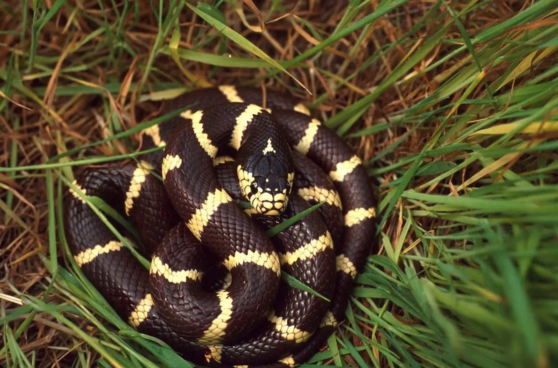California King Snake
Reptilarium Animals
California King Snake
Conservation status (Least Concern)
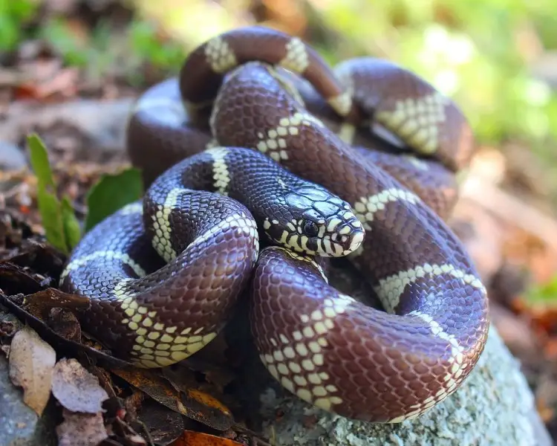

The California king-snake (Lampropeltis californiae ) is a nonvenomous colubrid snake endemic to the western United States and northern Mexico, and is found in a variety of habitats. Due to ease of care and a wide range of colour variations, the California king-snake is one of the most popular snakes in captivity.
The California king-snake is a nonvenomous snake endemic to the western United States and northern Mexico. Due to ease of care and a wide range of colour variations, the California king-snake is one of the most popular snakes in captivity. These snakes are usually dark brown or black in colour with whitish-yellow bands. The "king" in their name refers to their propensity to hunt and eat other snakes, including venomous rattlesnakes, that are commonly indigenous to their natural habitat.
California king-snakes are carnivores and common food items include rodents, birds and their eggs, other reptiles and amphibians.
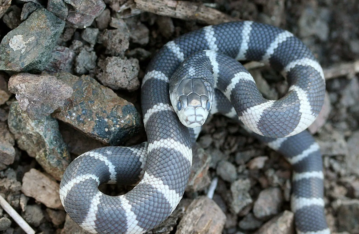
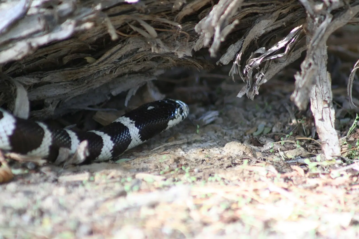
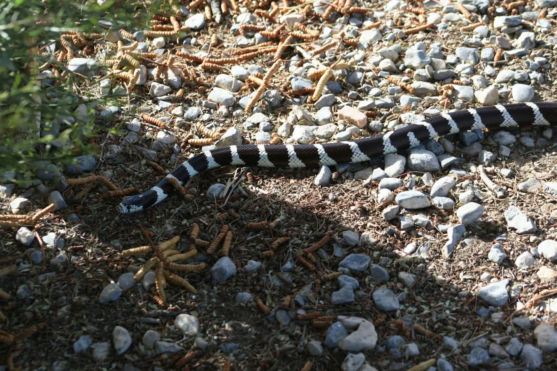
California king-snakes are widespread along the West Coast of North America, including the Tehachapi Mountains and the southeastern Sierra Nevada Mountains. These snakes live in Oregon, California, Nevada, Utah, Arizona, and northwestern Mexico. They live in a wide variety of habitats, including woodland chaparral, grassland, deserts, marshes, river bottoms, and even suburban areas.
California king-snakes are primarily diurnal but may become increasingly nocturnal during periods of particularly hot weather. They are mostly terrestrial but may climb low branches and shrubs. They are generally solitary except when they hibernate during cold weather. In the winter, they retreat underground and enter a hibernation-like state called brumation. When disturbed, California king-snakes will often coil their bodies to hide their heads, hiss, and rattle their tails, which can produce a sound somewhat resembling that of a rattlesnake. They are considered harmless to humans, but if handled it is common for this species to bite, as well as excrete musk and fecal contents from their cloaca.
